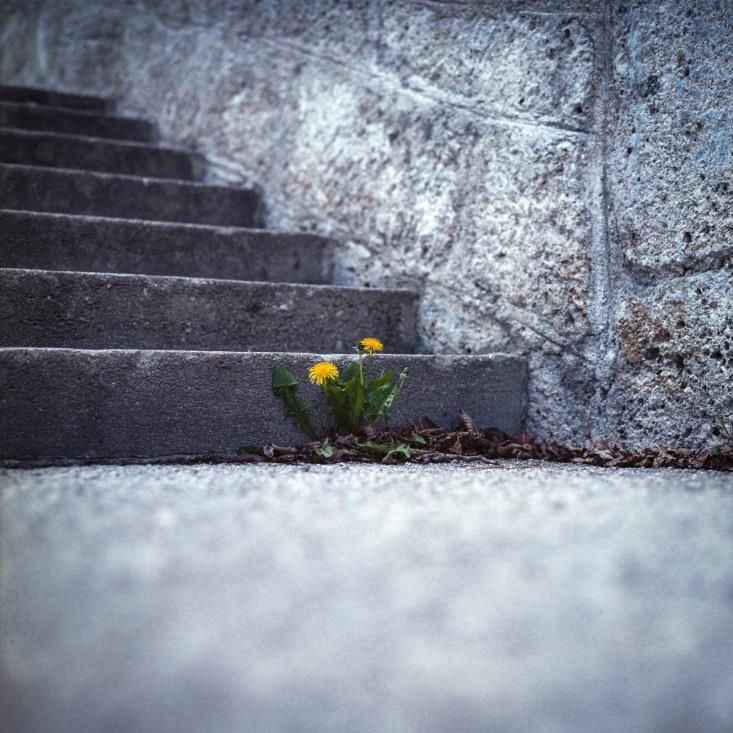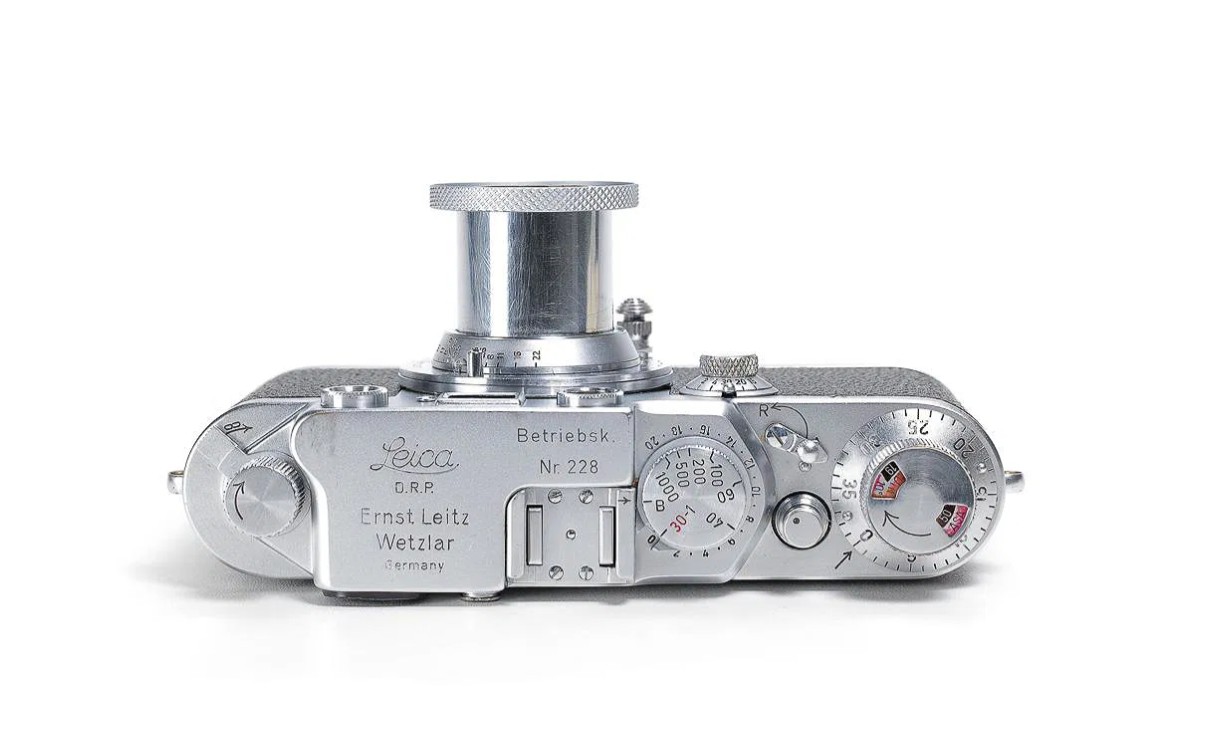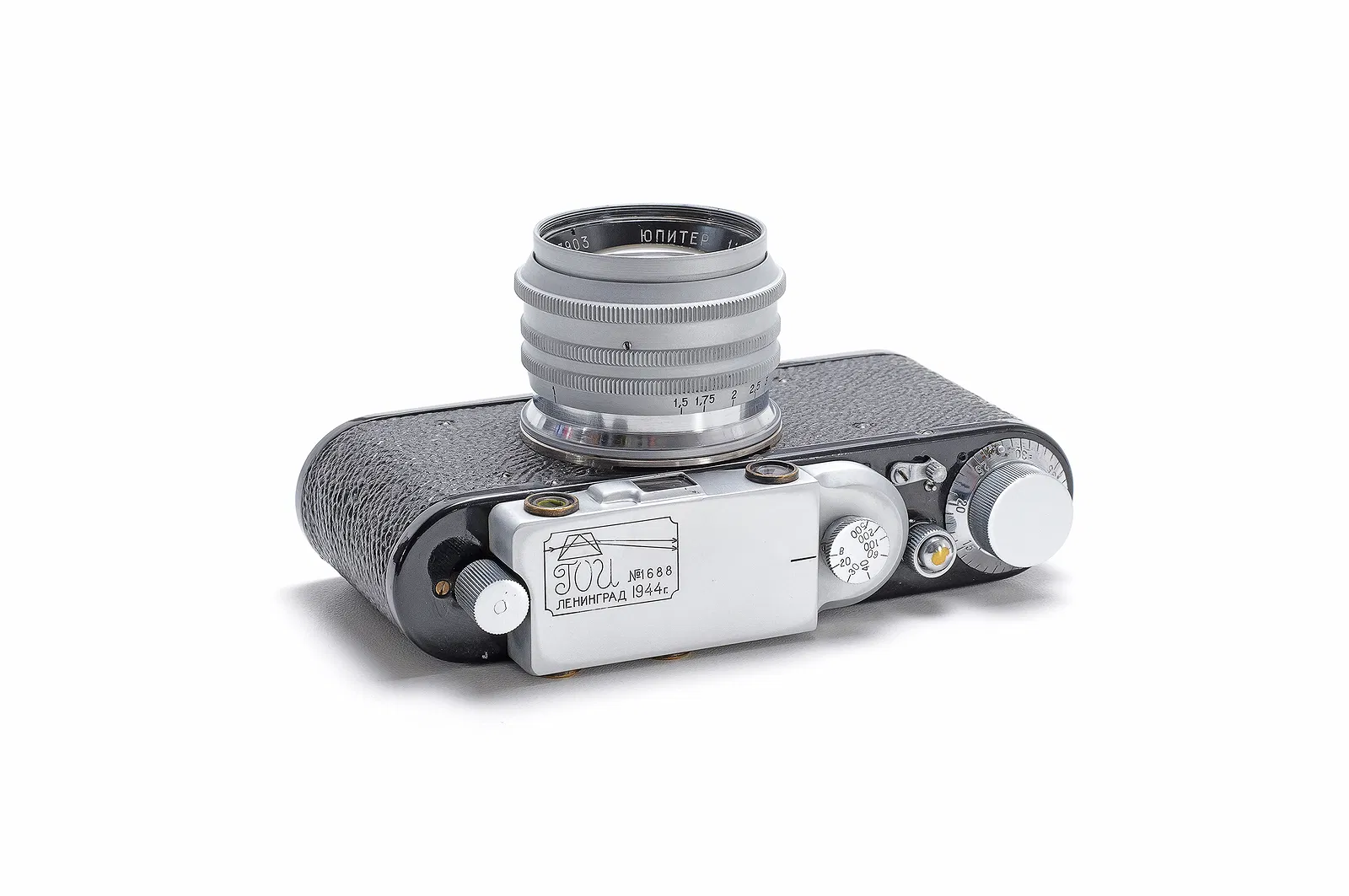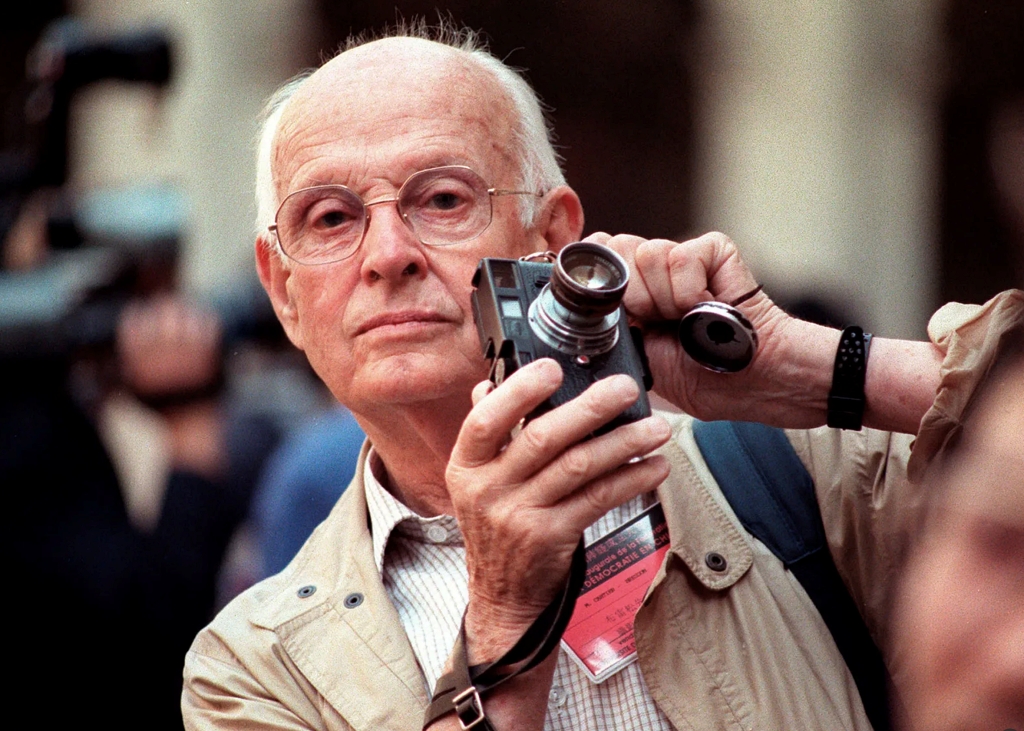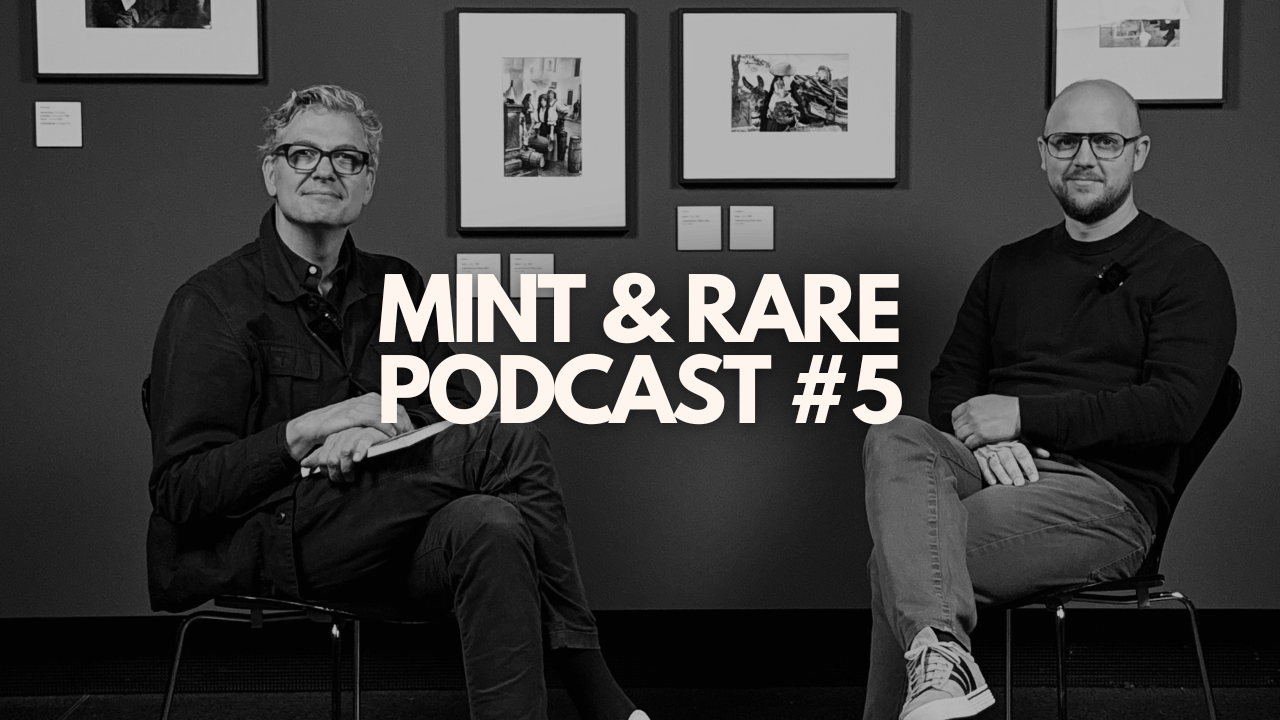'A Journey into unique perspectives and photographic emotions – The Rolleiflex 2.8F TLR' by Ronald Holzleitner
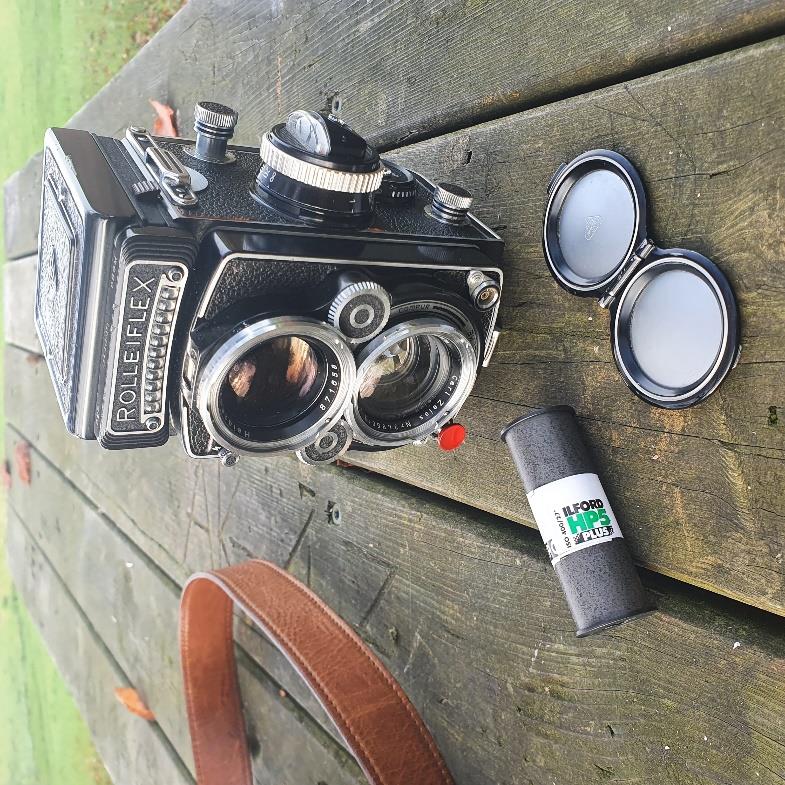
In 2017, while already equipped with digital gear, I stumbled upon the Rolleiflex through a documentary on Vivian Maier and a visit to the Westlicht Museum in Vienna's Westbahnstraße. My intrigue quickly turned into an obsession—I had to have one of those TLRs.
By chance, I found a Rolleiflex 2.8F with a Carl Zeiss Planar lens just an hour away from my home in Upper Austria. Despite showing signs of use (the camera is from the early 1960s), it was fully functional. I bought it, got it serviced, and it has since become my most-used and loved camera.
The Rolleiflex Experience
To me, the Rolleiflex is a design masterpiece. Its ergonomic design makes it a joy to hold and use, standing out with its vintage charm compared to modern DSLRs. When I take the camera out for a photo tour, many people, even strangers on the street, recognize its iconic design and ask if it still works. The answer is a resounding yes—this camera is not just functional but excels in delivering quality.
Ease of Use
Despite being a camera that is 60+ years old, the Rolleiflex is surprisingly user-friendly. The controls are intuitively placed: focus on the left side, shutter speed and aperture on the front, and a near-silent shutter release. The waist-level viewfinder offers a unique perspective, making it ideal for street photography. The absence of a moving mirror means no additional noise or camera shake, allowing for longer exposure times. It’s like being in stealth mode even though you are hunting for great shots on the streets.
Viewing and Composing
Looking down into the viewfinder is a different experience compared to modern cameras. The image appears more alive and beautiful, with the large, bright focusing screen offering a clear view of your subject. The built-in magnifying glass helps with precise focusing, although it takes some getting used to with the reversed left-right orientation.
Lens and Image Quality
My Rolleiflex 2.8 features the Carl Zeiss Planar 80mm f/2.8 lens, renowned for its sharpness and beautiful bokeh. The lens excels in color reproduction and low-light performance, making it versatile for various photography styles. I personally prefer shooting with Ilford black-and-white film, which I believe brings out the best in this camera.
Using the Rolleiflex makes the photographic process more deliberate. Each of the 12 shots on a roll of film is precious, encouraging me to be more thoughtful and appreciative of each moment. The tactile nature of film photography—waiting for the right moment, adjusting settings manually, and the anticipation of developing the film—adds to the excitement and satisfaction.
Street Photography
The Rolleiflex shines in street photography. Its discreet operation allows for candid shots, and the 6x6cm square format lends itself well to creative compositions. The camera's design draws attention, but its operation is subtle enough to capture authentic, spontaneous moments without intruding.
Landscape Photography
While the Rolleiflex excels in street photography, it is also a fantastic tool for capturing landscapes. The high-quality Zeiss Planar lens provides sharpness and detail, allowing you to capture the vastness and intricacies of natural scenes. The square format offers a unique perspective on landscape photography, encouraging different compositions and framing.
The slow and deliberate process of setting up a shot with the Rolleiflex enhances the experience of either street or landscape photography. It forces you to take your time, consider the light and composition carefully, and truly connect with the environment. The large negative size of the medium format film captures incredible detail and dynamic range, resulting in great images.
Film Loading and Handling
Being a medium format film camera, my Rolleiflex uses 120 roll film, which is loaded in a different way than standard 35mm film. The back of the camera opens, and the film is threaded from the supply spool to the take-up spool – it’s like roll-to-toll. This process of film loading can be a bit tricky for beginners but becomes second nature with practice. And once you are done and completed a roll of film, you take it out and seal it by licking the paper seal and stick it to the roll. Yeah, it tastes funny, but that’s the taste of art and analog photography.
Despite its robust build, the Rolleiflex 2.8F is relatively lightweight and compact for a medium format camera. I’m carrying it using an ONA The Bond Street leather bag which is a beautiful small camera bag. All you need to carry is the camera, some spare film, accompanied by a lens hood and a light meter as useful accessories.
Durability and Reliability
The Rolleiflex cameras are renowned for its exceptional build quality so you don’t have to worry too much about wear and tear. Manufactured in Germany, its metal body and high-quality components ensure durability and reliability. Mine has bumps, scratches and worn leather. Yes, and I like that. It shows that is and has been used to capture images and moments.
Given its age, maintenance is crucial and so it was one of the first things I’ve done – even before I shot a roll of film. Regular servicing by experienced technicians, like the ones at Jo Geier, ensures that the camera remains in optimal working condition. Despite its vintage status, spare parts and expert repair services are still available.
Personal Experiences and Reflections
But enough talking about the camera itself, it's about taking pictures, isn't it?
Using the Rolleiflex involves a learning curve, especially if you are accustomed to modern digital cameras. The manual controls and unique viewfinder experience require some adaptation, but this process can deepen your understanding of photography fundamentals.
I experience photographing with the Rolleiflex as a very conscious process. I have to get involved with the process and the subject, and also my mind has to be more focused. I guess mindfulness is the right word in this case. In low or very bright ambient light, I often have to get closer to the camera, as the image in the viewfinder is as brilliant and bright as I need it to be. If I then bring my eyes to close to the viewfinder that the brightness of the image would suit me, I am often too close to the focusing screen to see clearly. In such situations I usually switch to the build in magnifying loupe, whereby I can then only see a section of the image. It works something like this:
Open the viewfinder - lighting conditions are not ideal for the viewfinder - fold out the magnifier - focus - fold in the magnifier - determine and set the shutter speed and aperture - finalize the image composition - fold out the magnifier again - focus again - fold in the magnifier - check the final image - unlock the shutter release - CLICK.
My relationship in analogue photography to each of the 12 photos I took on film is different than if I were to photograph the motifs digitally. I have to deal with the whole situation much more intensively, act more thoughtfully, more slowly and I probably give the moment more appreciation. Sometimes this also means simply "enduring the tension" when you're waiting for a certain situation, moment or movement. And probably also because I end up with a tangible result by having a film negative instead of one of many digital files. Whether the picture turned out the way I imagined it in my head or not is no longer so important. The result as a film negative is in front of me, tangible and unaltered, and will show its own beauty and interpretation of the moment I captured. Maybe not as sharp, maybe with a shallower depth of field. But this is it and I can continue working with it. I have created something with a certain permanence and as a basis for further work via scanning or in the darkroom.
Isn't that marvelous? The pictures taken with a Rolleiflex need to be discovered, interpreted and you have to do some work for this. Yes, this can sometimes lead to stress, but in the best-case scenario, the result is not just artistic value, but an image that captures the moment with all its impressions and emotions.
My favorite thing to do with my Rolleiflex is to go out into the city and into everyday life. The camera can of course do landscapes, portraits and macro (with the right accessories such as Rolleinar lenses). But where it really shines and excites me is in street photography.
The camera attracts attention, but very few people notice when I compose a picture at waist level and press the shutter release. The beautiful square 6x6cm format adds it own flair to this. Symmetry, lines, the golden ratio... everything seems to just fall into place in the viewfinder. Sometimes I even have the feeling that I'm looking through the camera experiencing the scenery in black and white.
To me, one of the most reflective aspects of using the Rolleiflex is the emotional connection it fosters. The tactile experience of handling the camera, the deliberate nature of film photography, and the anticipation of seeing your developed images create a deep bond between me, the photographer, and my work. This connection often translates into more meaningful and thoughtfully composed photographs.
Conclusion
The Rolleiflex 2.8F with the Zeiss Planar 80mm f/2.8 lens is an exceptional piece of equipment. Beyond its technical capabilities, it offers a different approach to photography—one that emphasizes mindfulness and a deeper connection to the moment. For anyone who appreciates high-quality craftsmanship and a unique photographic experience, the Rolleiflex is a must-try.
Whether you're capturing candid street scenes or expansive landscapes, the Rolleiflex provides a unique and rewarding experience. If you’ve never used a TLR camera before, I highly recommend giving it a try. The experience of looking through that iconic viewfinder and capturing timeless images is truly unparalleled. So, next time you have the chance, pick up a Rolleiflex, peer through the viewfinder, and let yourself be transported into a different world of photography.
Images
Me and my Rolleiflex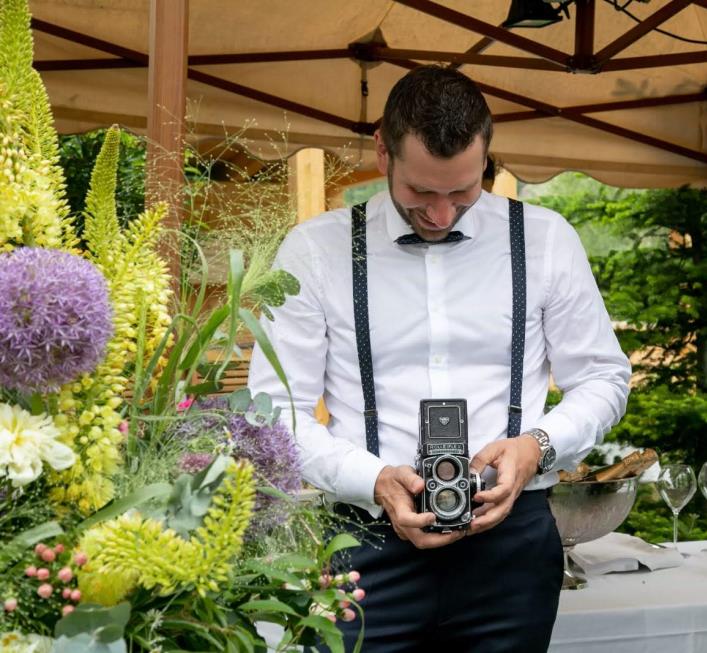
My very first picture with the Rolleiflex: a Door in Vienna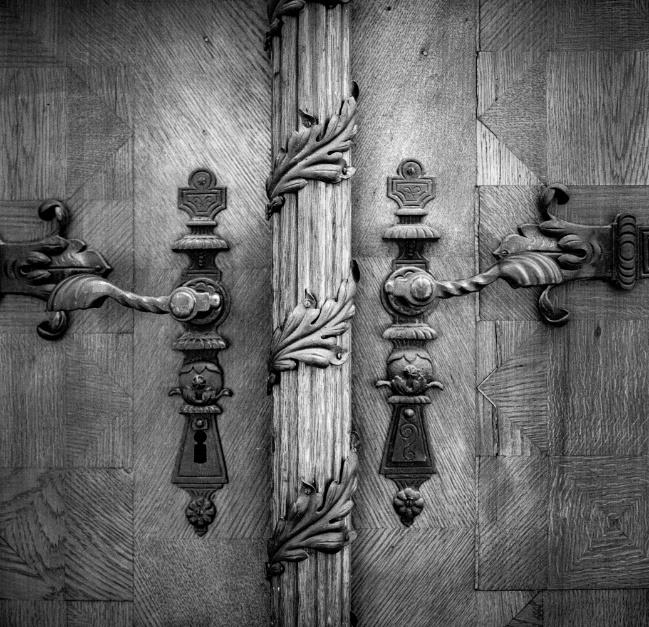
Street Photography in Linz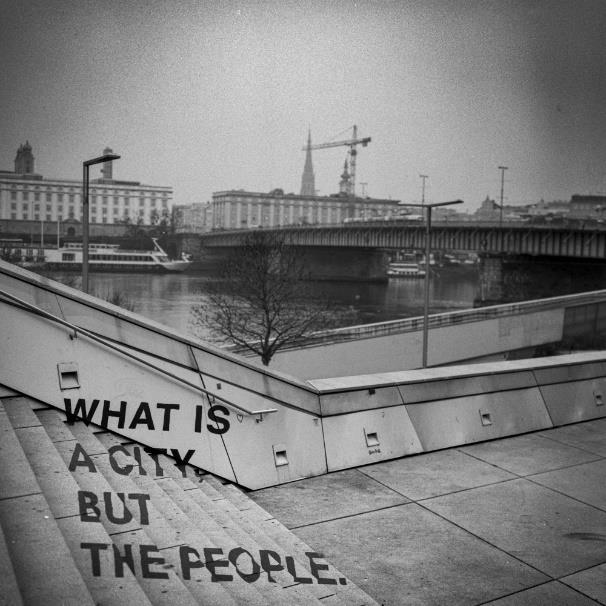
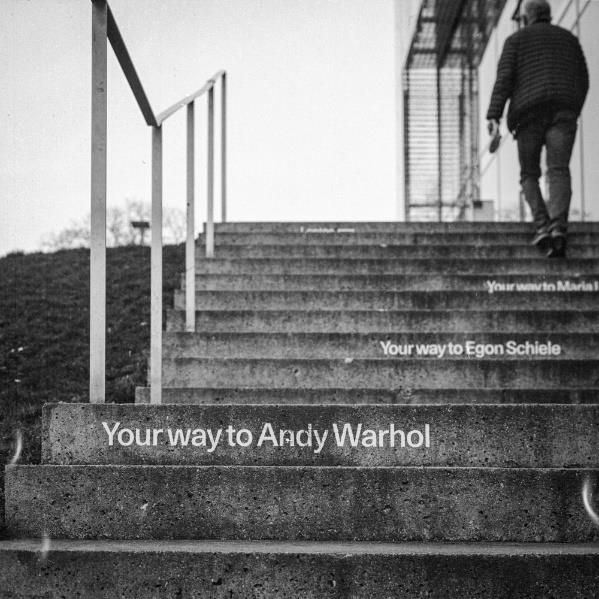
Berlin Street Art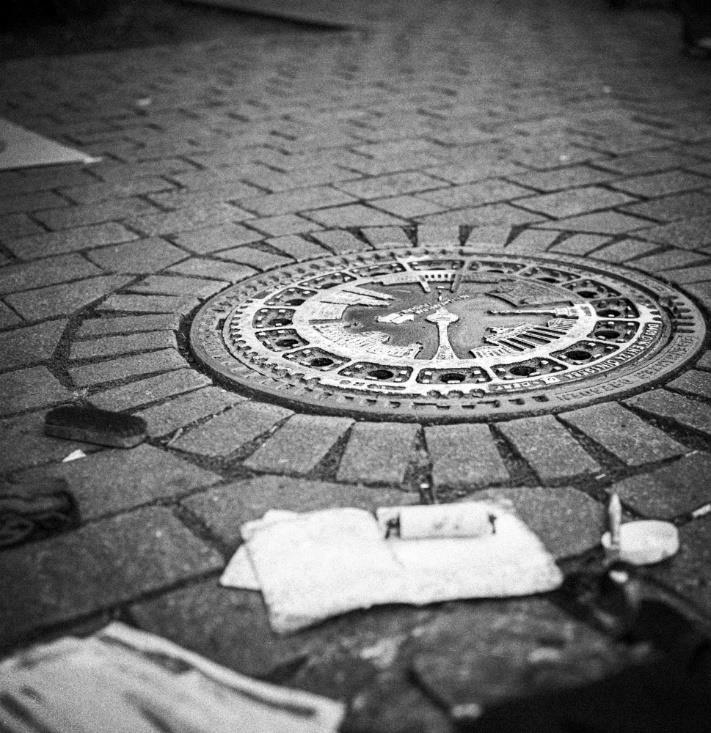
Almtal – dead end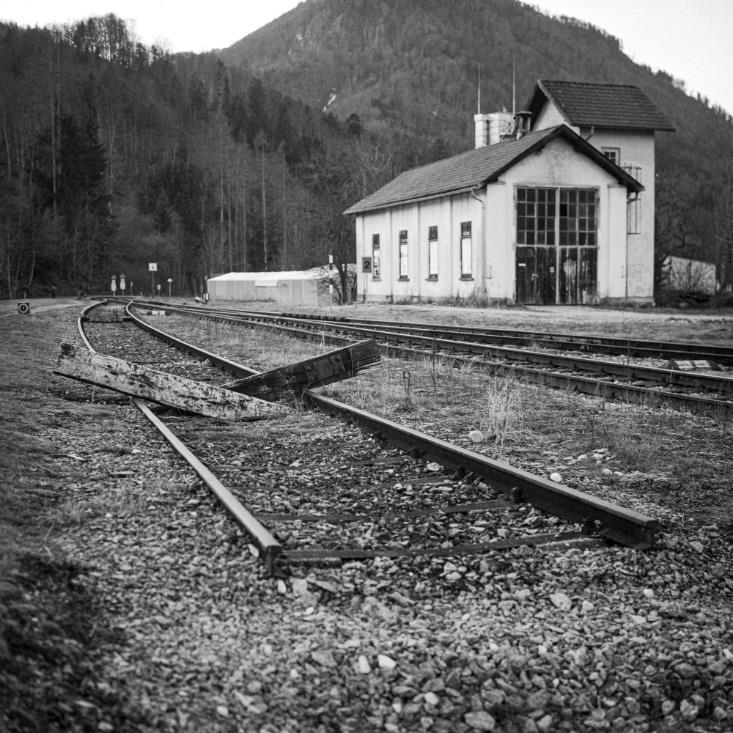
Vienna Subway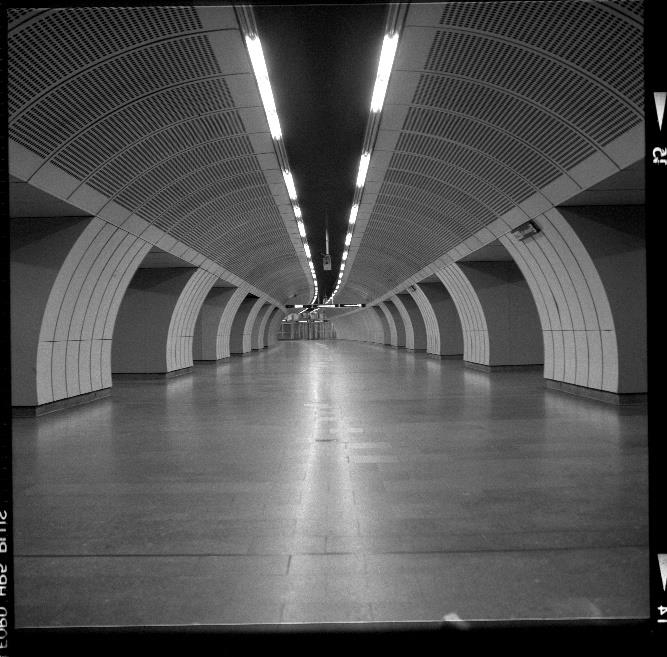
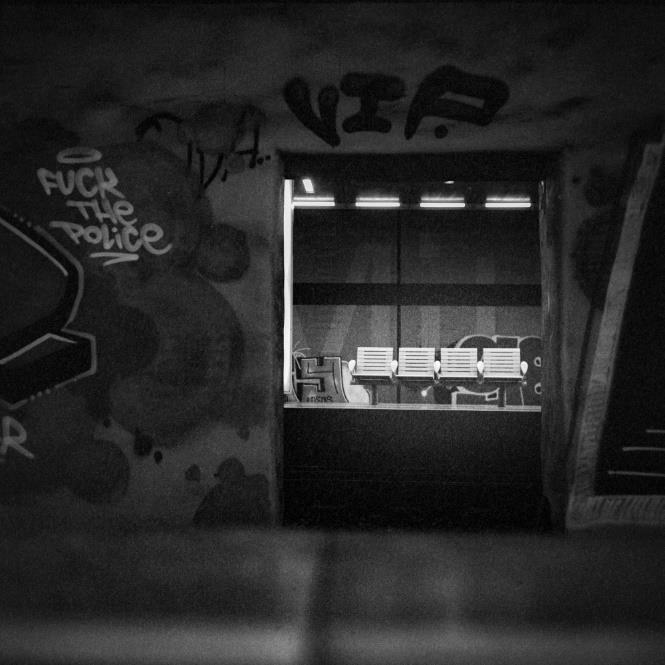
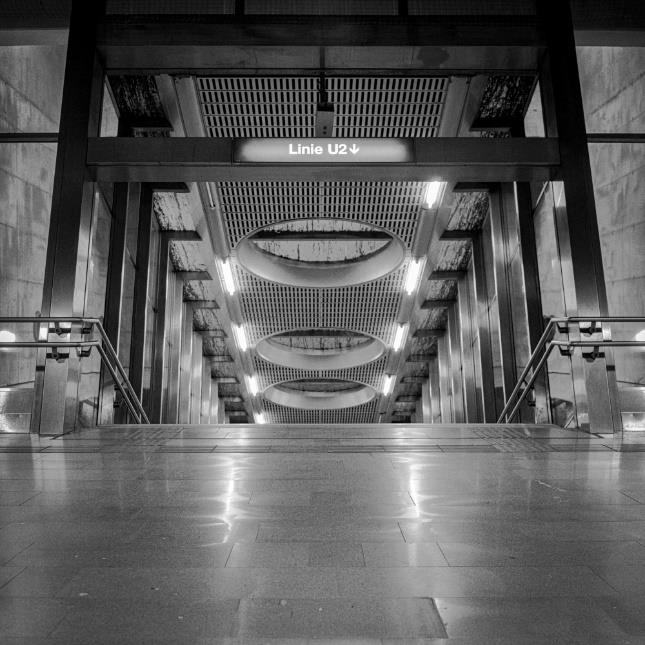
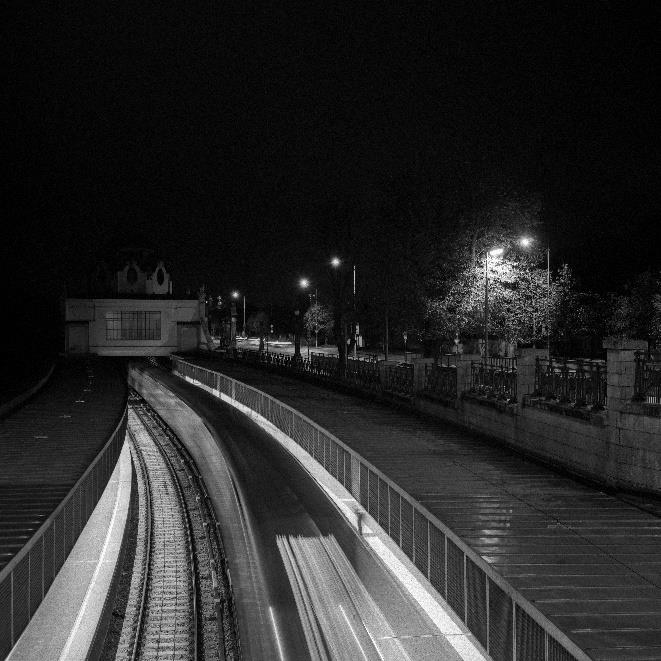
Abstract Life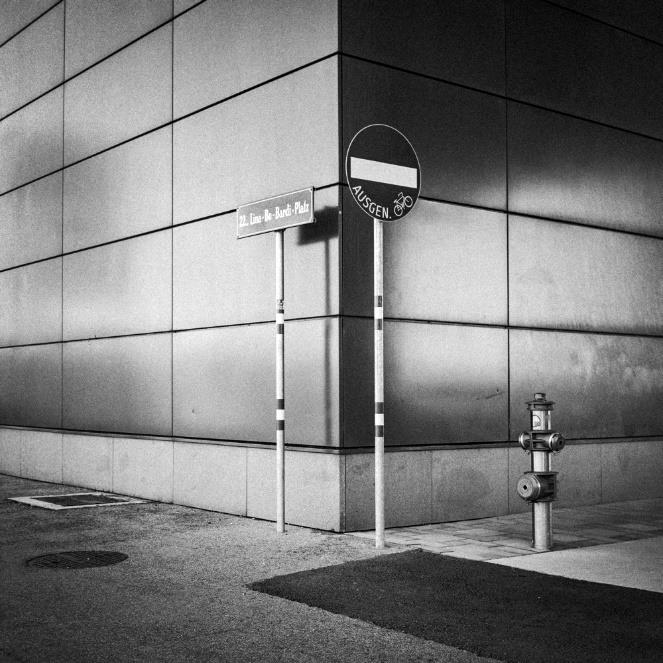
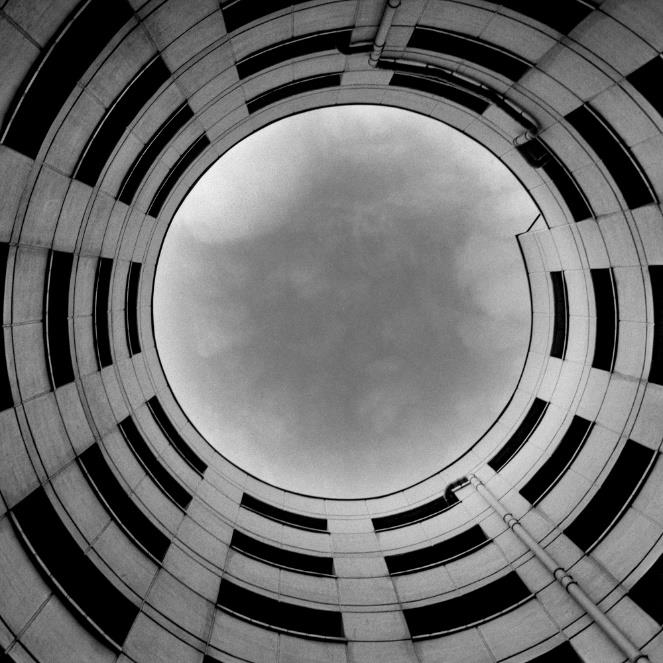
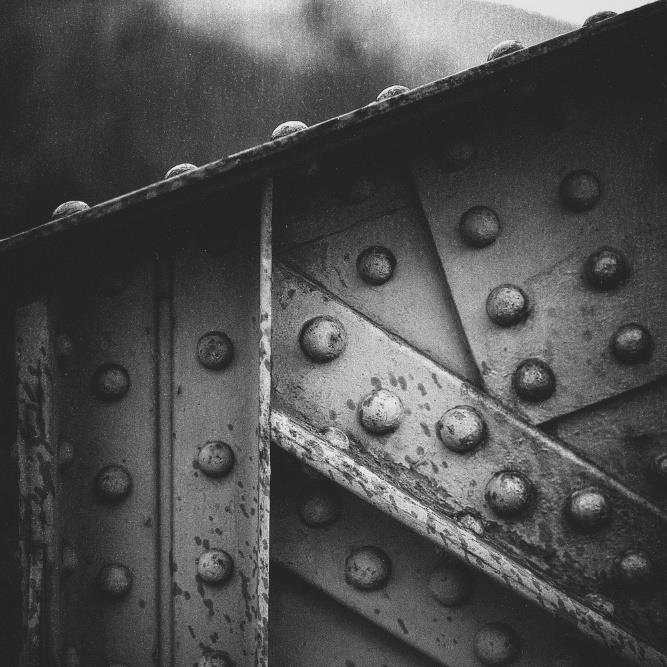
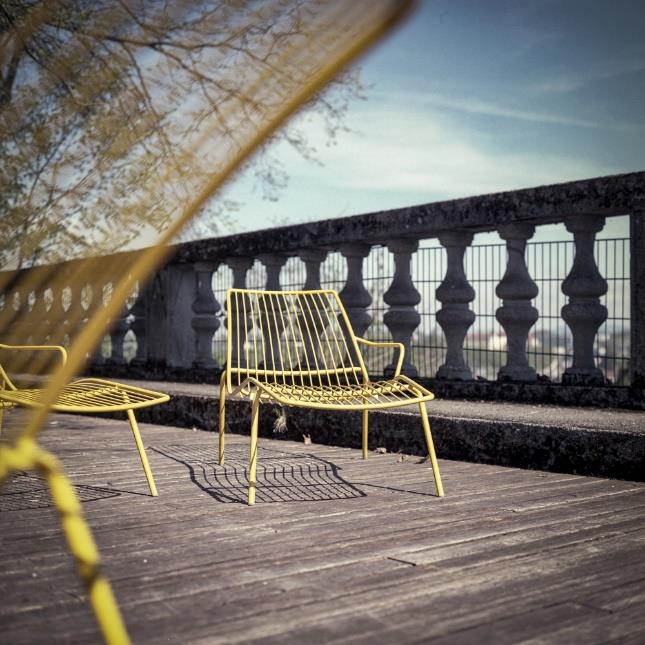
Color:
This Way please – Berlin Tempelhofer Feld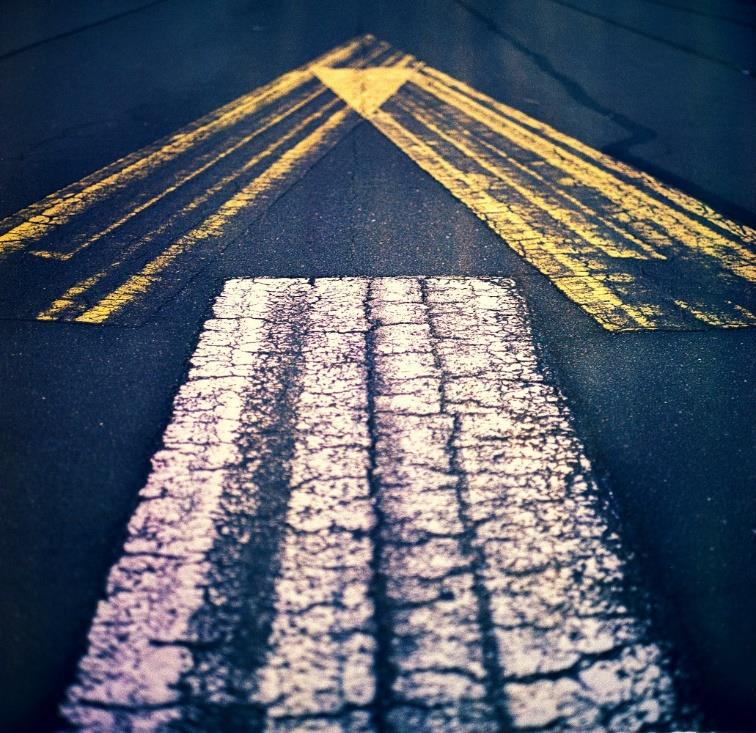
Landscape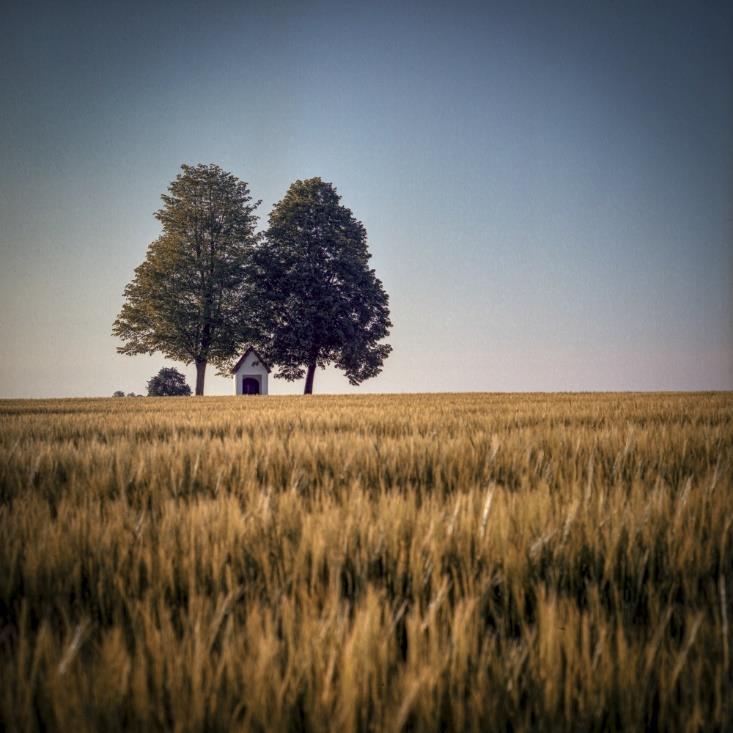
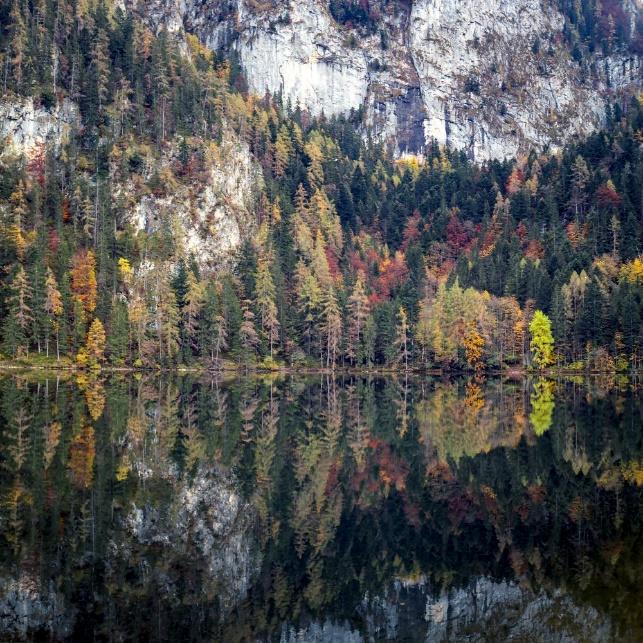
Happy Time at a wedding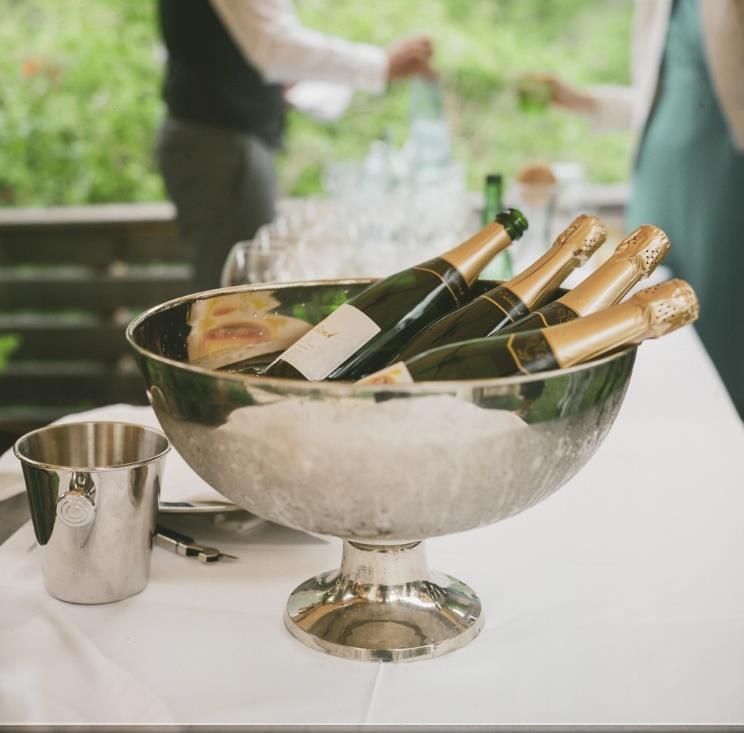
Piran Sunset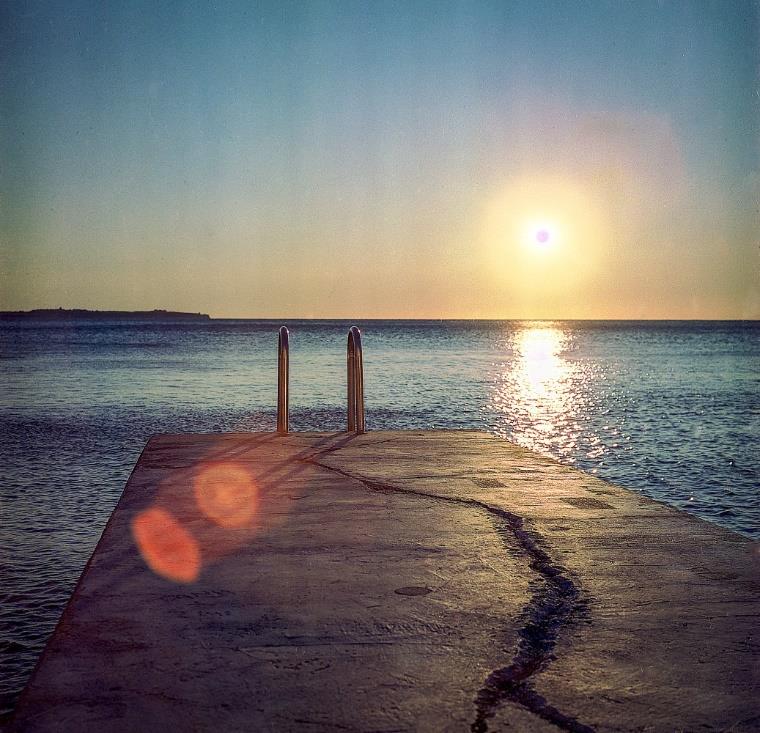
City Flowers